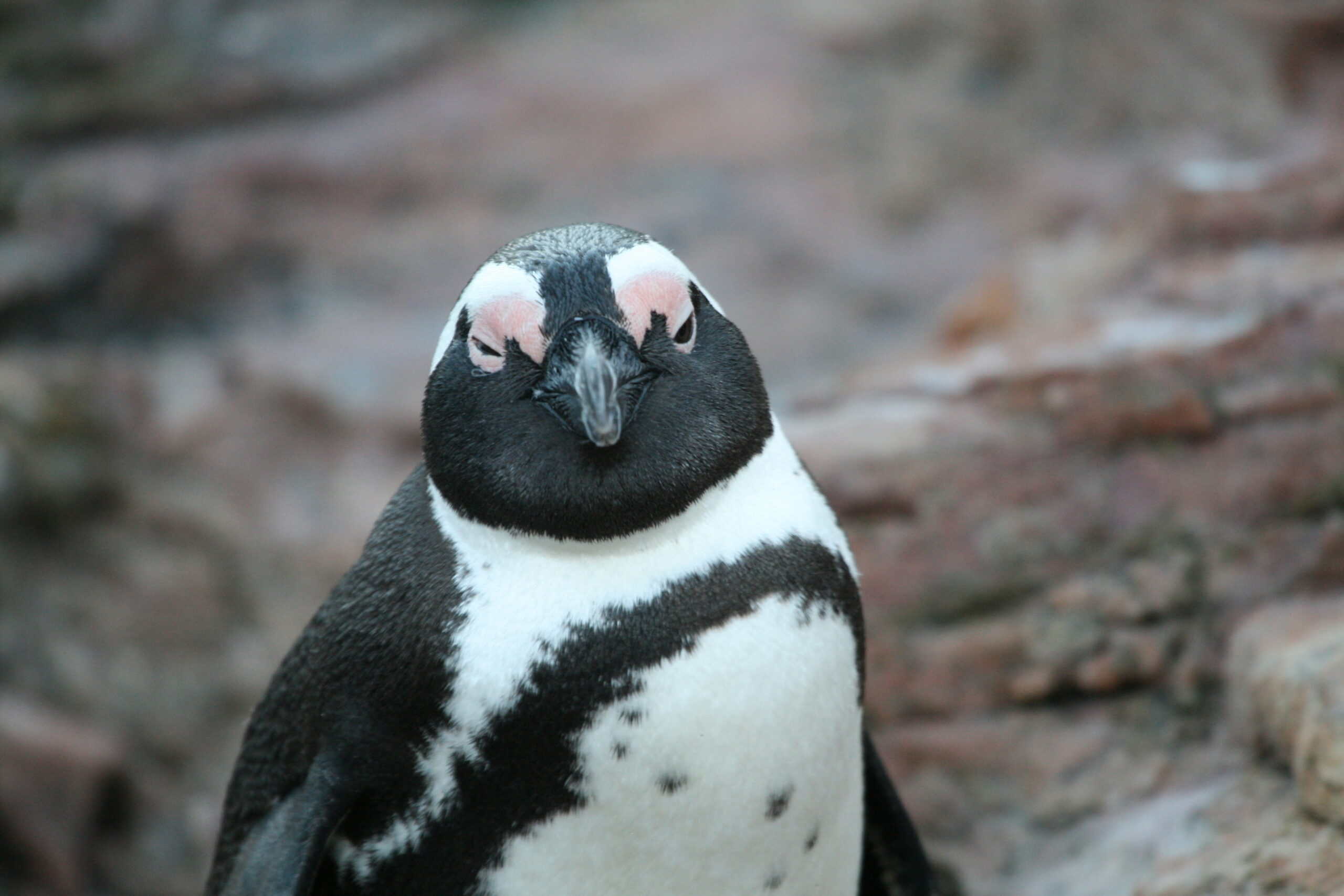Share this article
Farmland milkweed supports more monarch eggs
Ever since they learned that the monarch butterfly’s swift decline is tied to reductions in its host plant, conservationists have been planting milkweed alongside roads to boost the pollinator’s population. But new research from Canada indicates that monarchs lay more eggs on milkweed near fields than along roads, suggesting habitat restoration efforts may be more fruitful in agricultural environments.
“Roadsides have been of interest for planting milkweed because if you do a little buffer around all the roads in North America, you’ve got millions of acres of habitat,” said Ryan Norris, co-author on the paper published in Biological Conservation. But as it turns out, he said, “we may not get as many individuals into the population from that habitat.”
An associate professor at the University of Guelph in Ontario, Norris and his colleagues compared monarch (Danaus plexippus) egg densities on milkweed (Asclepias spp.) by roads, on farms and in semi-natural regions, such as urban gardens, in southwestern Ontario. Every day during July and August in 2015 and 2016, the researchers painstakingly counted the eggs on each plant in each milkweed patch throughout these landscapes.
“Milkweed in agricultural landscapes supported more eggs,” Norris said. Milkweed in fields supported 3 ½ times more eggs than milkweed around roads and other landscapes.
Although past studies showed that farmlands harbored more eggs from the imperiled butterfly, “it was surprising we had such a higher density in agricultural areas,” he said, a difference he speculated may be due to farm fertilizers enhancing milkweed quality.
The results of this study are “promising,” he said, considering the vast proportion of the continent covered in fields that could be converted to monarch habitat by adding milkweed. “It lends credibility to restoring agricultural areas for biodiversity and having not just monoculture but other plants for pollinators on the margins of fields,” Norris said.
The biologists plan to return to their research sites to investigate larval and adult survival in the monarchs. They want to determine if the greater number of eggs on farmland milkweed translates to a greater number of recruits into the monarch population.
“For monarchs, milkweed in agricultural areas could be valuable for attempting to restore biodiversity and stop the declines,” Norris said. “There are initiatives focused on restoring pollinators using marginal agricultural lands, so throw in a few milkweed as well and restore monarch habitat.”
Header Image: A milkweed plant hosts multiple monarch eggs. ©Grace Pitman








